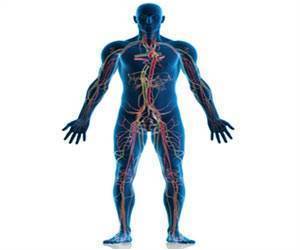Diagnosis and Treatment for Brachial Plexus Injury
EMG studies can be used to confirm brachial plexus injury. Nerve graft or nerve transfer may be used for surgical repair.
Diagnosis
Diagnosis of brachial plexus injury can usually be confirmed by electromyography (EMG: study of electrical activity of muscles) or nerve conduction studies (study the transmission of impulses). Imaging modalities like Magnetic Resonance Imaging (MRI) may be employed. Computerised tomography (CT) myelography is sometimes used when MRIs do not provide adequate information. It gives a detailed picture of spinal cord and nerve roots.
Treatment
Surgical repair is attempted when the brachial plexus injury fails to resolve:
Nerve graft: The damaged part of brachial plexus is removed and replaced with nerve sections taken from other parts of the body.
Nerve transfer: A nerve with less important role is ‘transferred’ to restore function in a more vital nerve that has been damaged. Muscle transfer is also done in certain cases.
The success of surgical repair depends on how early the intervention is done. Ideally, surgical repair should be attempted within three to six months after an injury, beyond which the success rate falls.
Pain control:
Drugs (opiates like codeine, antidepressants, anticonvulsant medication) are used to relieve pain. Pain-relieving devices like TENS are available. Transcutaneous electrical nerve stimulation (TENS) uses electrodes attached to skin to deliver electrical impulses suitably to control and relieve pain.
Physiotherapy is of great importance in preventing or limiting disability. Daily range-of-motion exercises and physical therapy may prevent joint stiffness.







